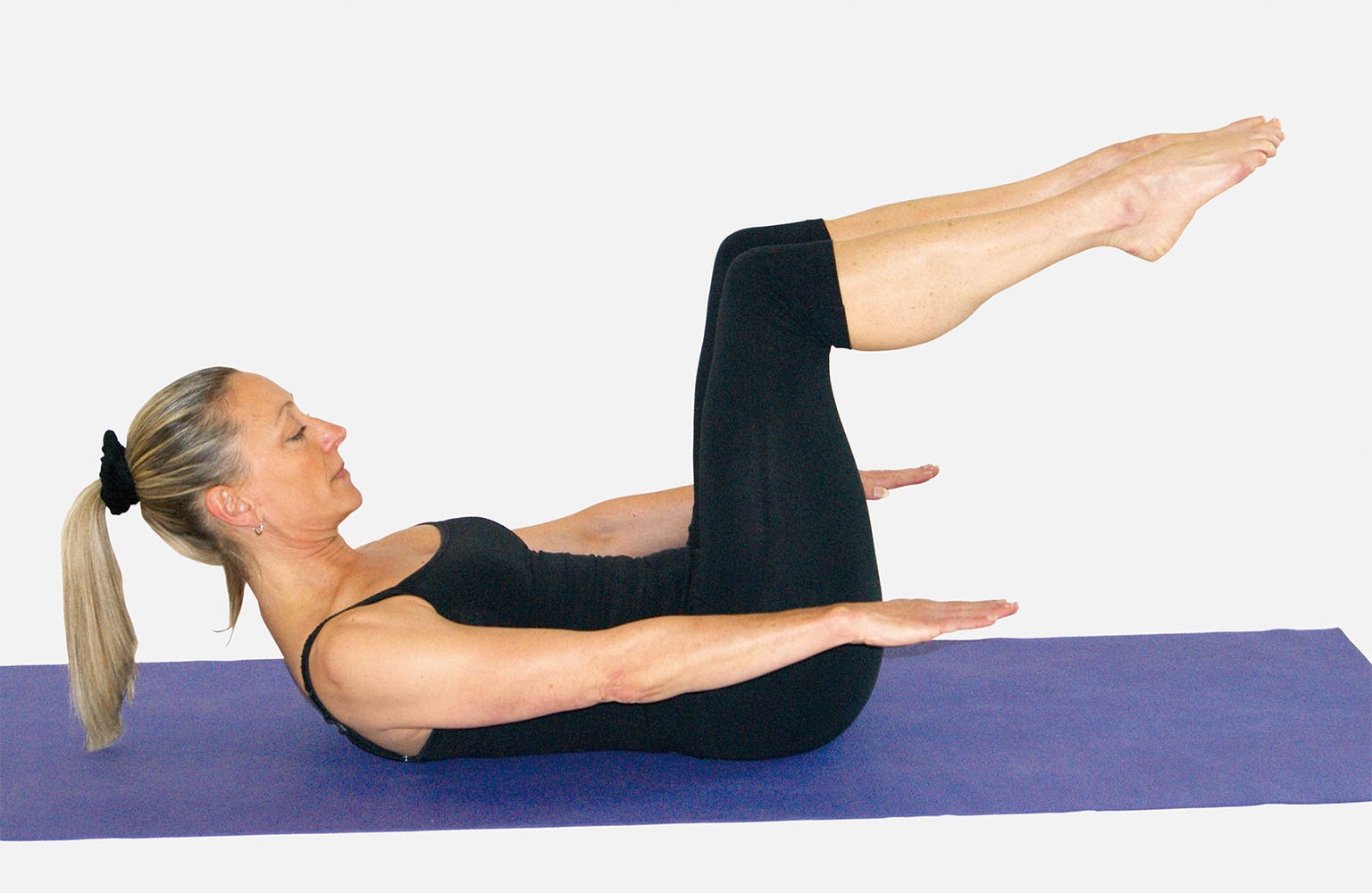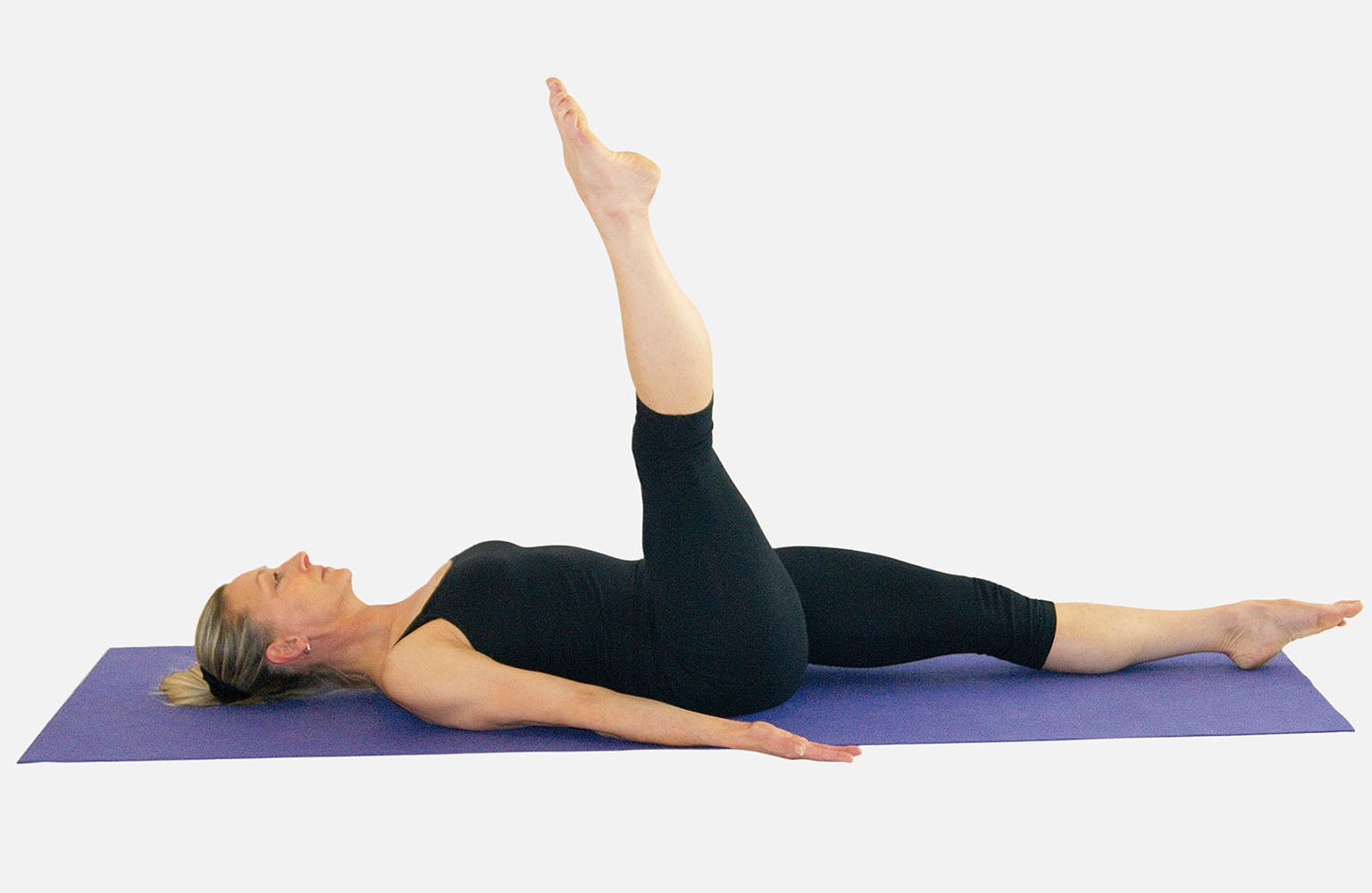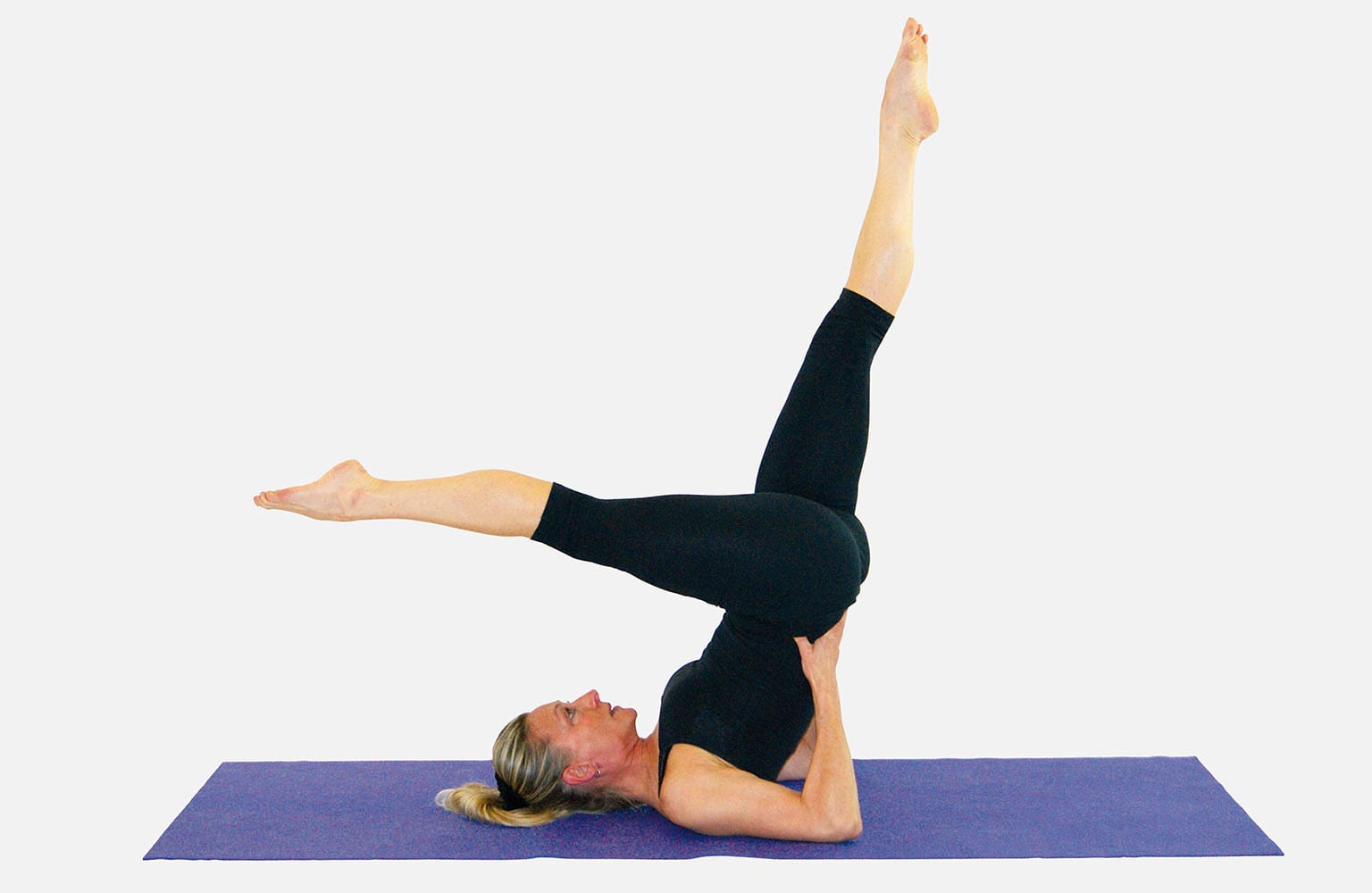The evolution of Pilates
Pilates has come a long way since its creation in the 1920s, but has it gone too far?
Pilates is an exercise system that was originally named Contrology by its creator, Joseph Pilates. The system was designed to improve the conscious control of all muscular movements of the body. But, just how far has it come from its original practice, and why is it important to understand its original techniques?
Its evolution is thanks to advances in anatomical, physiological, and biomechanical understanding, as well as medical and clinical influences in the treatment of various musculoskeletal conditions, including poor posture, low back pain, and neck pain.
There have also been numerous commercial influences that have given rise to various interpretations, like dynamic Pilates, modern Pilates, classical Pilates, fitness Pilates, kettlebell Pilates, reformer Pilates, and circuit Pilates. The list could go on.
When Joseph Pilates created the original 34 Contrology matwork exercises, his intention was for these to be performed in a specific order. This included a set number of repetitions where one exercise fed into the next, creating a continuous flow of movements.
When performed as intended, this flow is an incredibly dynamic and intense practice that demands highly advanced levels of skill.
The original order and flow outlined in Joseph’s book, Return to Life Through Contrology, are summarised in the following list.

The Hundred
Realistically, there are few people with the skill or capability to perform the full original dynamic flow with the level of precision and control required.
When Joseph worked with individuals, it is believed that he created a programme to meet their specific needs and abilities. This involved developing skills by using the various large studio apparatus he designed to support performance to prepare people for mat exercises. His philosophy was to “master one exercise before moving on to the next.” [1]

After Joseph died in 1967, Romana Kryzanowska took over the New York Studio. Kryzanowska introduced different participation levels, including beginner, intermediate, advanced and super advanced, as well as adding new exercises into the flow.
Beginners would complete only the beginner or basic exercises (B), intermediate participants would perform the beginner and intermediate exercises (B and I), and advanced participants would perform the full flow (A).
When Roama Kryzanowska taught her sessions, large studio apparatus would be used to support individual practice and develop skills. The aim being to work towards the full flow.
Adapted from [2].

Pre-Pilates is a modern term that came after Joseph Pilates. It’s reported that pre-Pilates was introduced in 1978 by 2nd generation Pilates elder, Alan Herdman [3]. It is also used in the latest CIMSPA Professional Standards for Pilates-based matwork, where it is explained as “know how, why, and when to apply basic, preparatory exercises that build awareness of the body and prepare for more challenging Pilates-based matwork exercises.” [4]
Fully comprehensive teachers who work with all the Pilates studio apparatus tend to work on a one-to-one basis with clients or with smaller groups of similar abilities. Their philosophy is that if a client is not ready to practice specific matwork exercises or if they present with certain contraindications, then they need to make modifications to build those skills and competencies.
This could include focusing on specific movements to overcome a restriction, removing certain movements, modifying movements, or reducing repetitions in the flow, for example, 20 instead of 100 counts. Alternatively, a teacher may use large apparatus like the reformer to practice and support movements. As always, the specific modifications would be determined by the client’s individual needs.
While the Pilates system has been around a very long time, the popularity of Pilates in the UK, and specifically matwork, started to grow in the mid to late 1990s, just after the aerobic boom of the 1980s.
Interestingly, this was also a time when there was a sharp rise in injury rates associated with aerobics and other styles of group exercise publicised by the media. This was also when the fitness industry came to be, and shortly after, the associated Pilates teacher training courses were developed.
Many fitness professionals considered most of the Contrology exercises to be controversial, and some potentially contraindicated, meaning the risks of practising them would outweigh the potential benefits.
To enable participation by the diverse range of people who attend group matwork Pilates sessions, many exercises are excluded, or significantly modified. What we see nowadays in most, if not all, mat Pilates sessions, is a significantly modified practice comprising mainly pre-Pilates exercises.
Sessions are now much slower, and any evidence of, or resemblance to, the original flow and sequence has completely disappeared. There is almost no evidence of the prescribed number of repetitions consistent with the original Contrology approach.
More fitness-biased sessions often use higher repetitions to overload and challenge muscles, which is not something that Joseph Pilates recommended in his book.
Never repeat the selected exercise(s) more than the prescribed number of times’ as this will create muscle fatigue – poison.Joseph Pilates
So, it seems what we are left with today is a diluted and often misunderstood system.
Pilates was created for healthy bodies. Any modification or exclusion was included to support those who may not meet the criteria of healthy. In today’s world, there are likely more people who do not meet this criterion, which is why modifications and exclusions become somewhat necessary.
It’s common for comprehensively trained teachers to use large apparatus to support their clients and take them somewhere else in the Pilates system. Other instructors, especially those who deliver large matwork classes, cannot do this. Therefore, the compromise has become to either exclude or significantly modify the original Contrology exercises to the point where they bear little or no resemblance to the original work of Joseph Pilates or his elders.
While some people may never progress towards the full Contrology exercises, either because they are contraindicated or because they do not align with their needs, it is still important to appreciate the value of practising and working with the full system.
This is why training to work with other types of Pilates’ apparatus and learning how each piece complements the original mat-based exercises enables the discovery of the ‘art’ that is Pilates. This should be the goal of anyone wanting to become a Pilates teacher.
[1] Pilates, J. and Miller, W. J. (1945) Return to life through Contrology. USA: J.J. Augustin. Republished in 1998, USA: Presentation Dynamics.
[2] Pilatesology (2025) Mat – Classical Order Basic, Intermediate, Advanced and Return to Life. Accessed on 24/07/2025.
[3] Pilates Anytime (2024) Alan Herdman. Accessed on 20/6/24.
[4] CIMSPA (2023) PROFESSIONAL STANDARD. Pilates Based Matwork Instructor. Accessed on: 3/7/2025.
Back to articlesStep inside the world of Pilates
Great news, you're on the list...